
 $200 million job ... officials at a ceremony marking the launch of work.
$200 million job ... officials at a ceremony marking the launch of work.
Reclamation work on the first of seven islands that will together form the Dubai Waterfront – the world’s largest waterfront development – got off to a start with the awarding of the $200 million contract to Jan De Nul, a leading Belgian firm that specialises in dredging and land reclamation.
The start of the reclamation work on the island spread over 300-hectares marks a key stage in the construction of the waterfront development. The enabling work is scheduled to be finished within the next 18 months and, according to the developer, Nakheel, will be undertaken mainly by trailer-suction hopper dredgers, which will carry sand offshore, approximately 20 nautical miles and then ferry the sand towards the waterfront area where it will be dumped into the reclamation area.
The entire Dubai Waterfront project is expected to take at least six years to complete.
“The awarding of the reclamation contract is another milestone for Dubai Waterfront,” said Khalid Al Huraimel, the chief operating officer of the Dubai Waterfront Company.
“It indicates the fast pace at which the project is being developed and the reclamation work on the first of seven islands is critical as it will pave the way for the future development and reclamation of the other six islands,” he added.
Al Huraimel also indicated that work would soon begin on Madinat Al Arab, the first district zone and the nucleus of the entire Dubai Waterfront development, but gave no specific dates.
“Dubai is witnessing a tremendous growth and it is really exciting to be involved in such an ambitious and iconic project that will be part of the legacy of such a great city,” said JPJ De Nul, the owner of Jan De Nul.
“Winning this project presents a unique opportunity for our company and we look forward to working on the dynamic development,” he added.
The creation of the seven islands that will together form the Dubai Waterfront will involve the dumping and jetting of over 300 million cu m of sand and 12 million cu m of rock. The first offshore island will be about 15 per cent of the whole project, which, altogether, will be spread over an area of around 2,300 hectares.





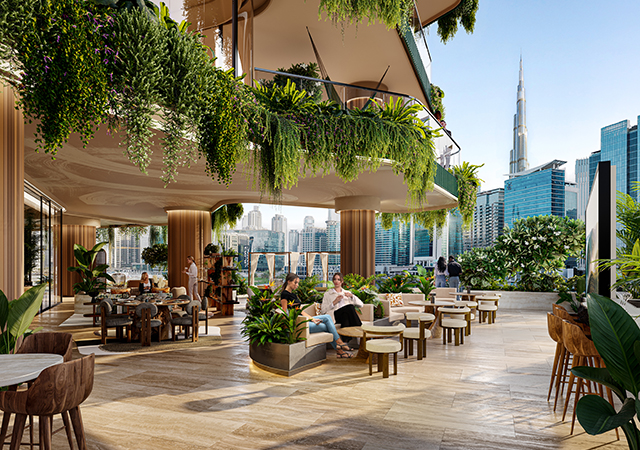
.jpg)


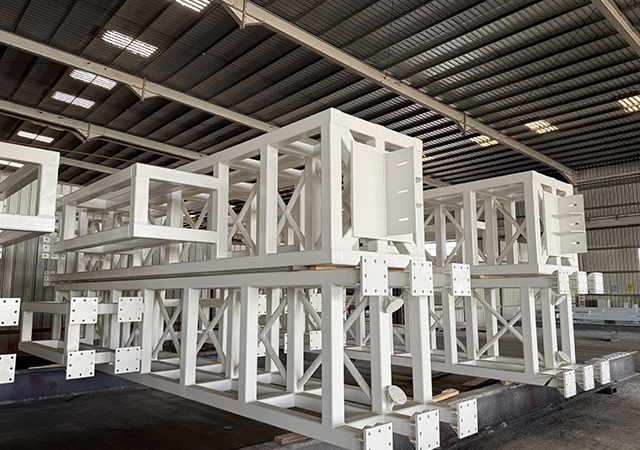
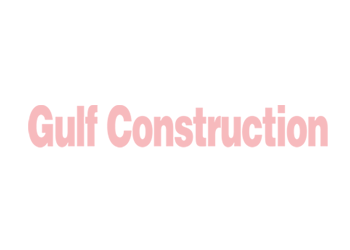
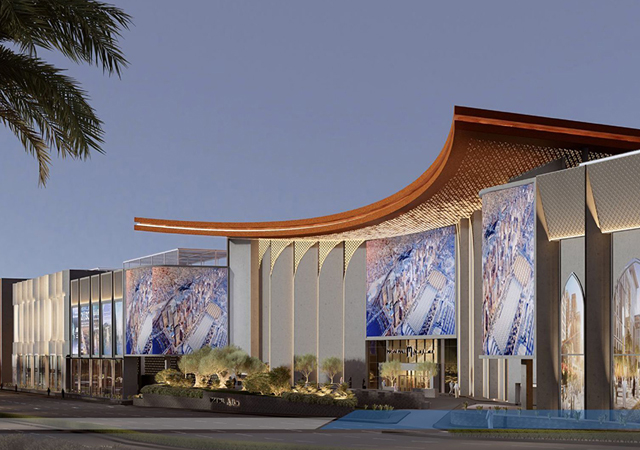
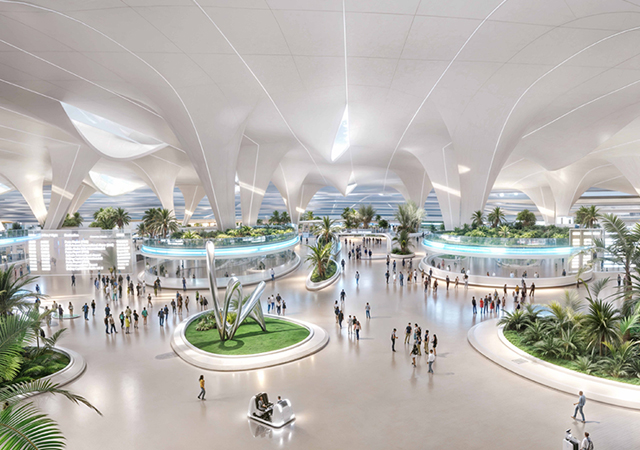
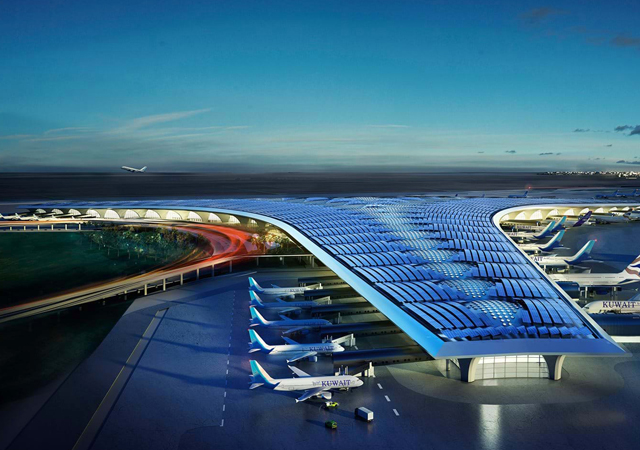
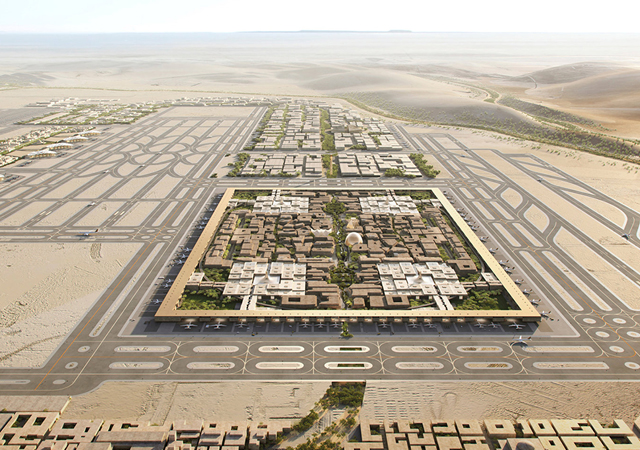
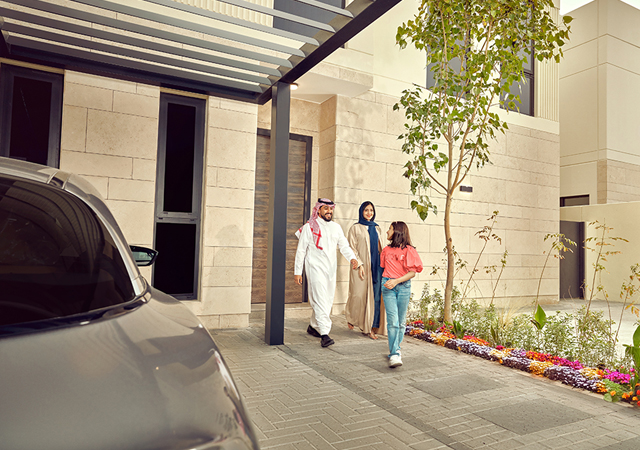
.jpg)

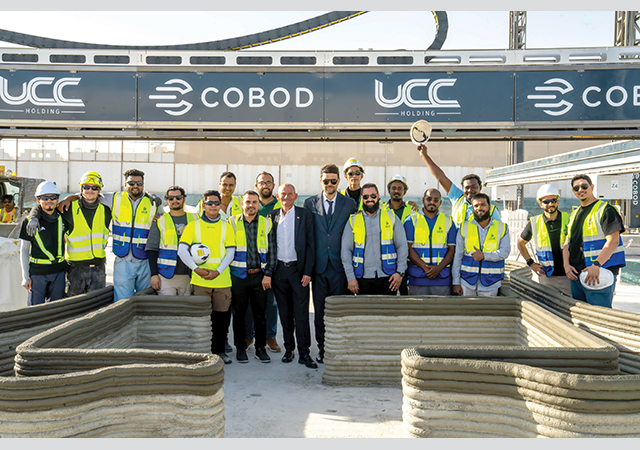
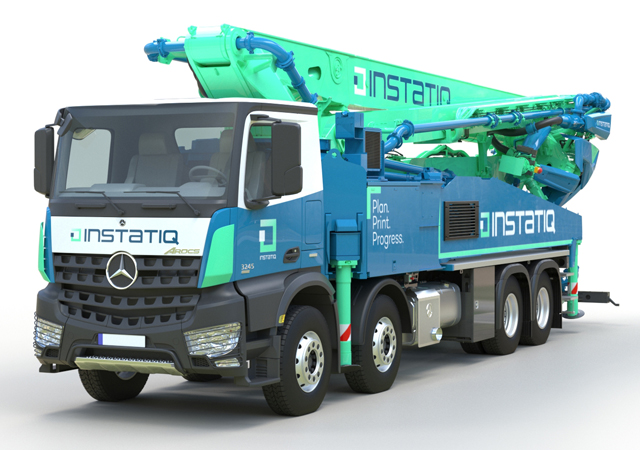
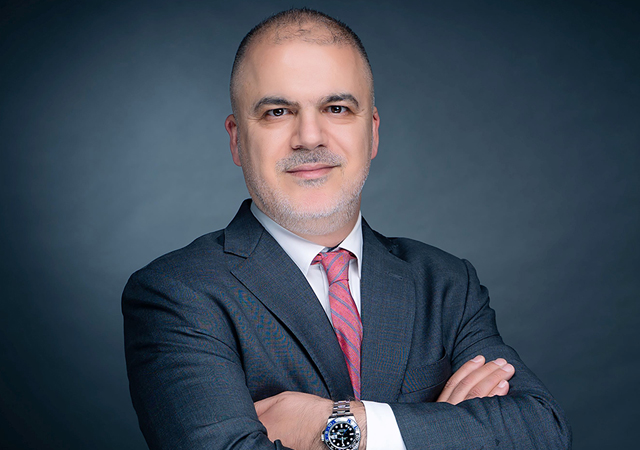


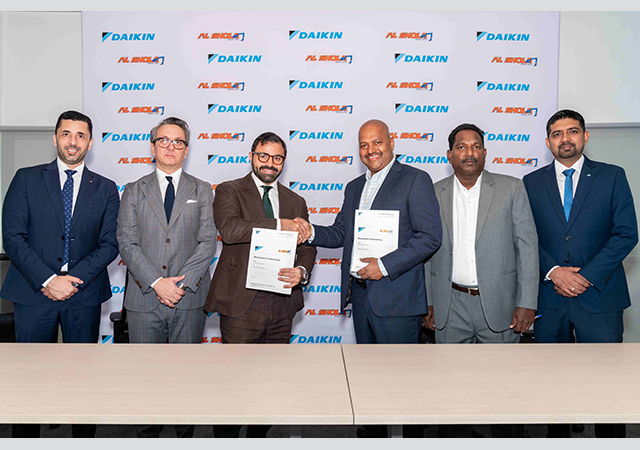
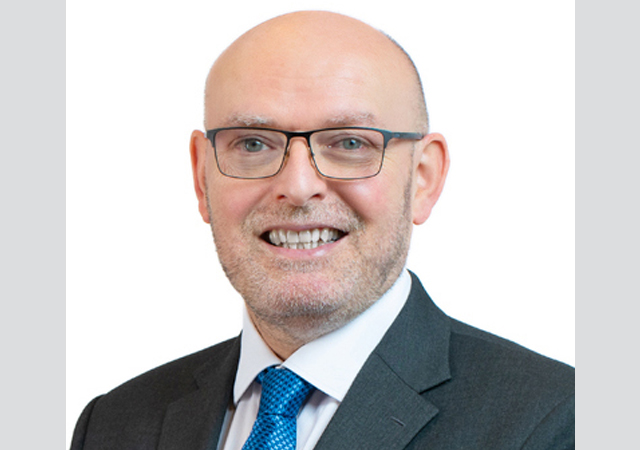
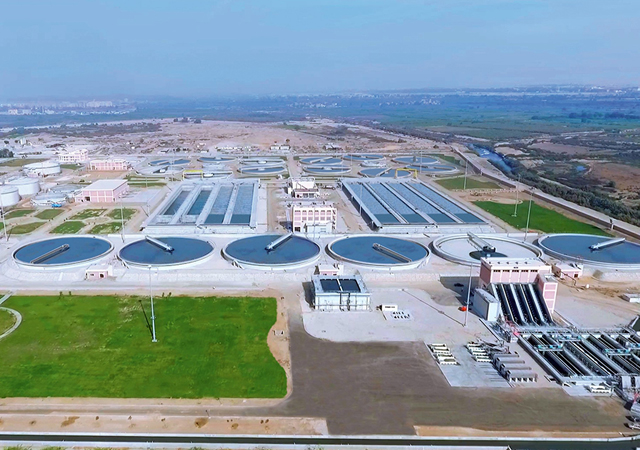

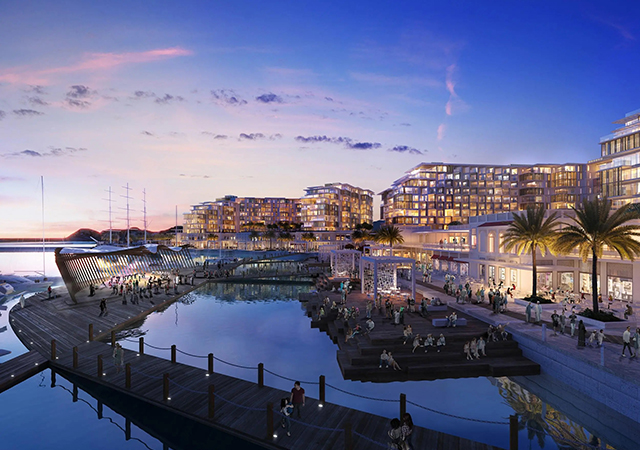
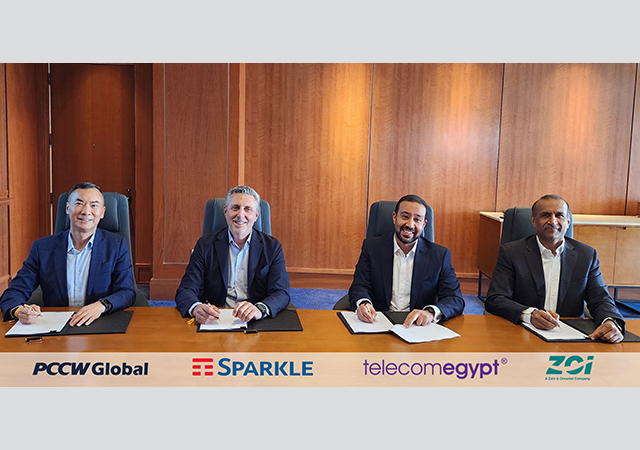
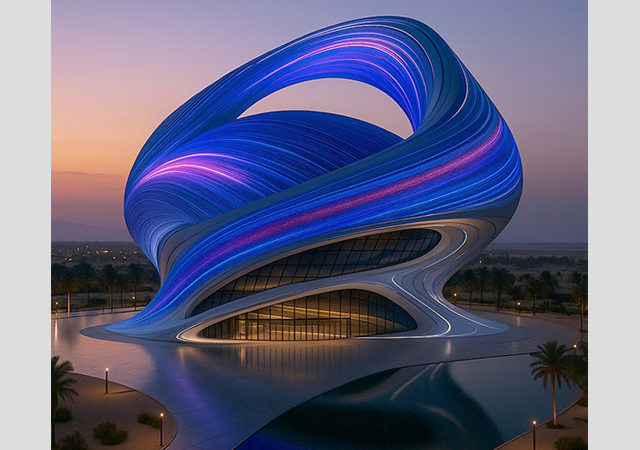

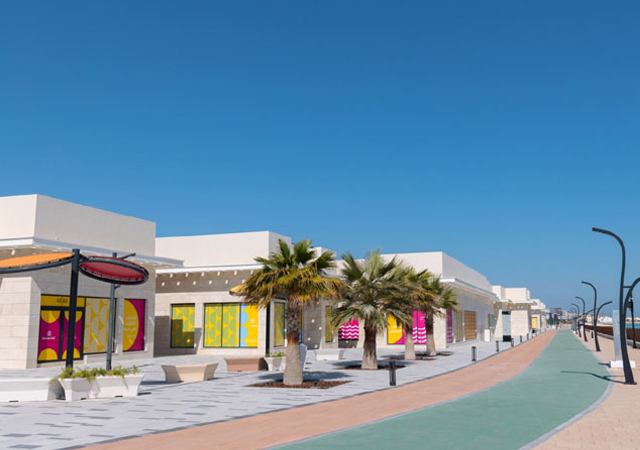
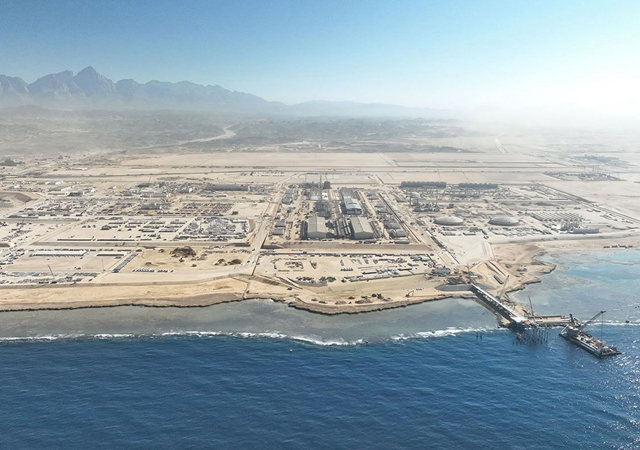
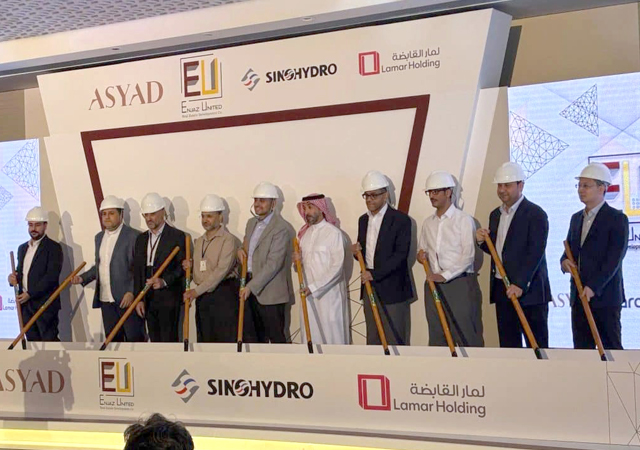

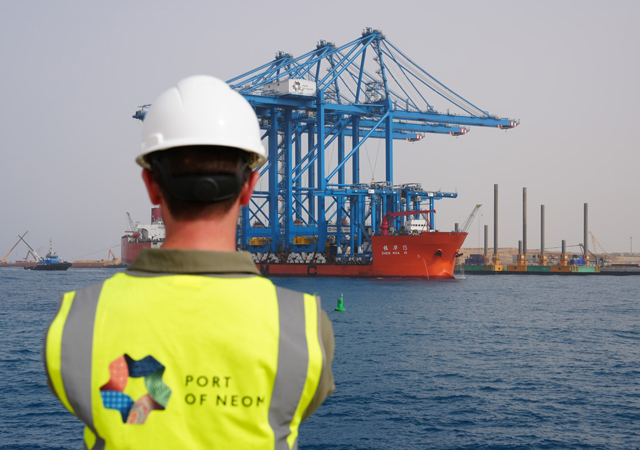
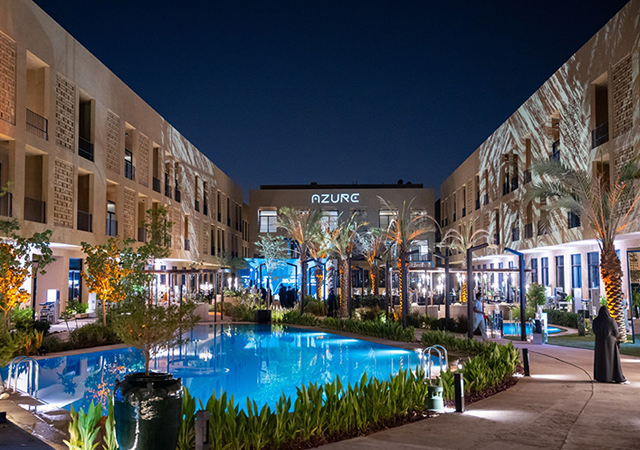
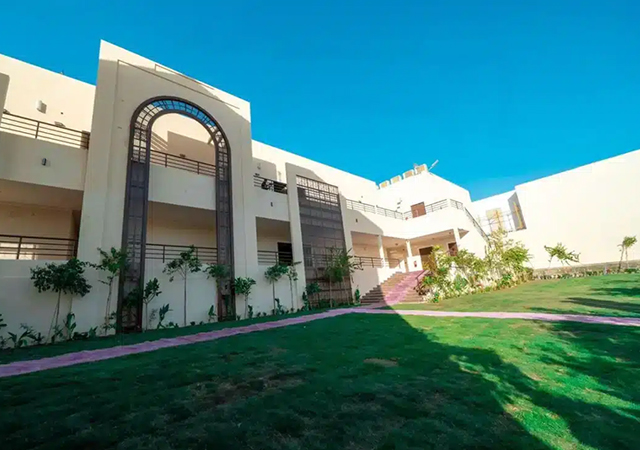

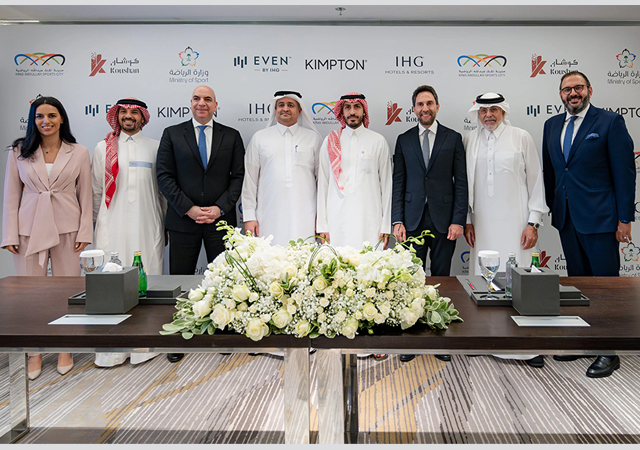

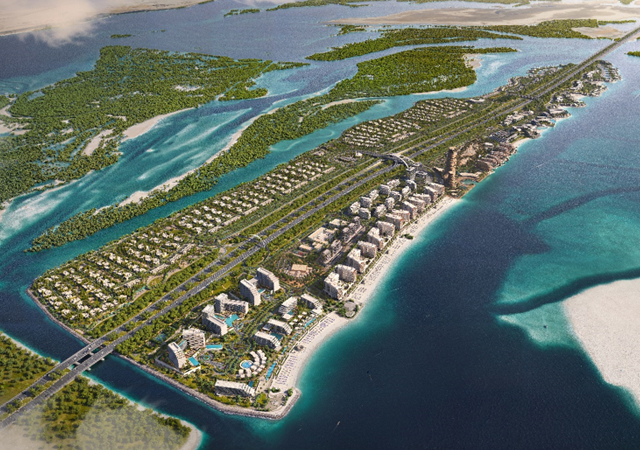

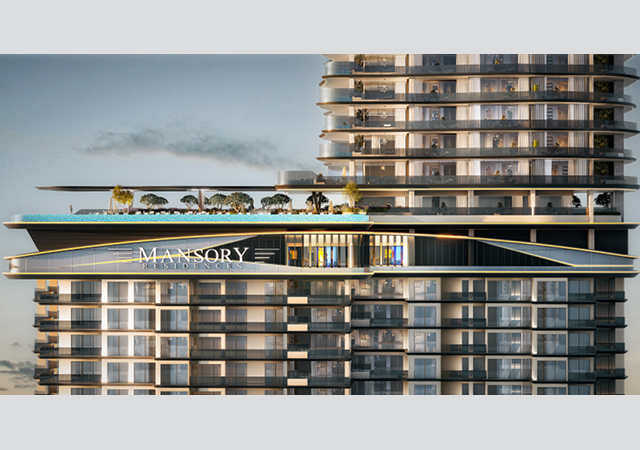



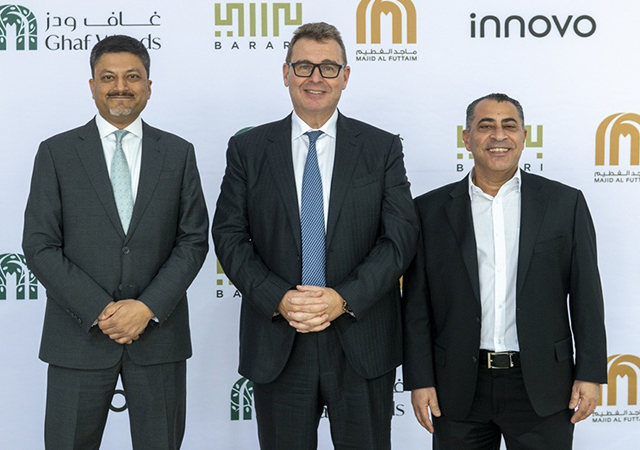

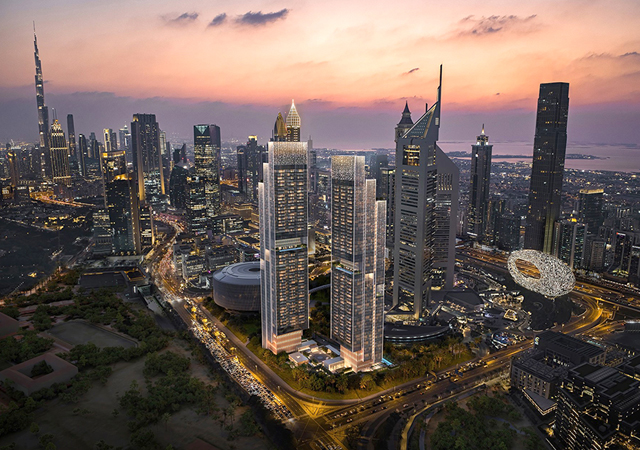
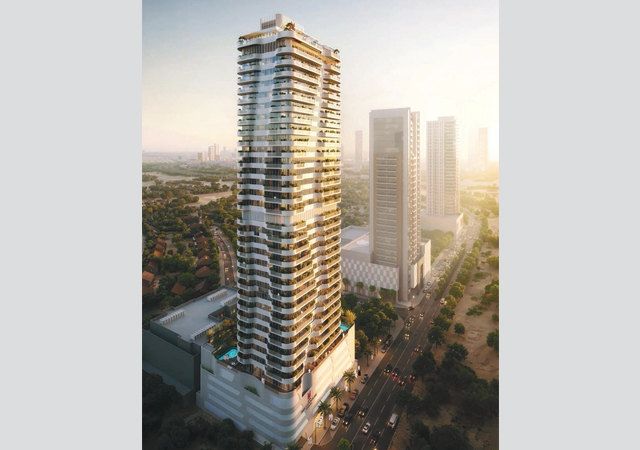
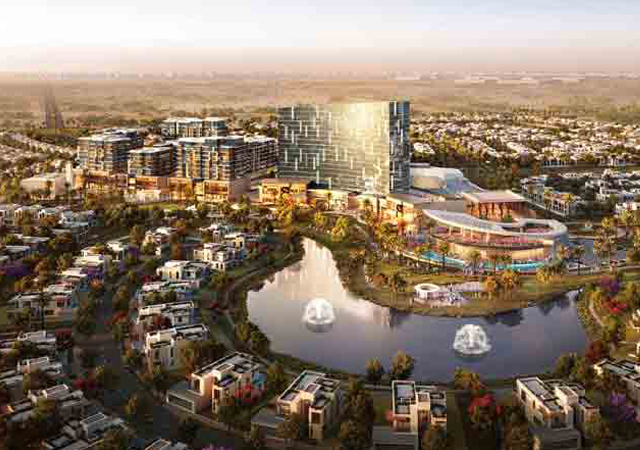

.jpg)







